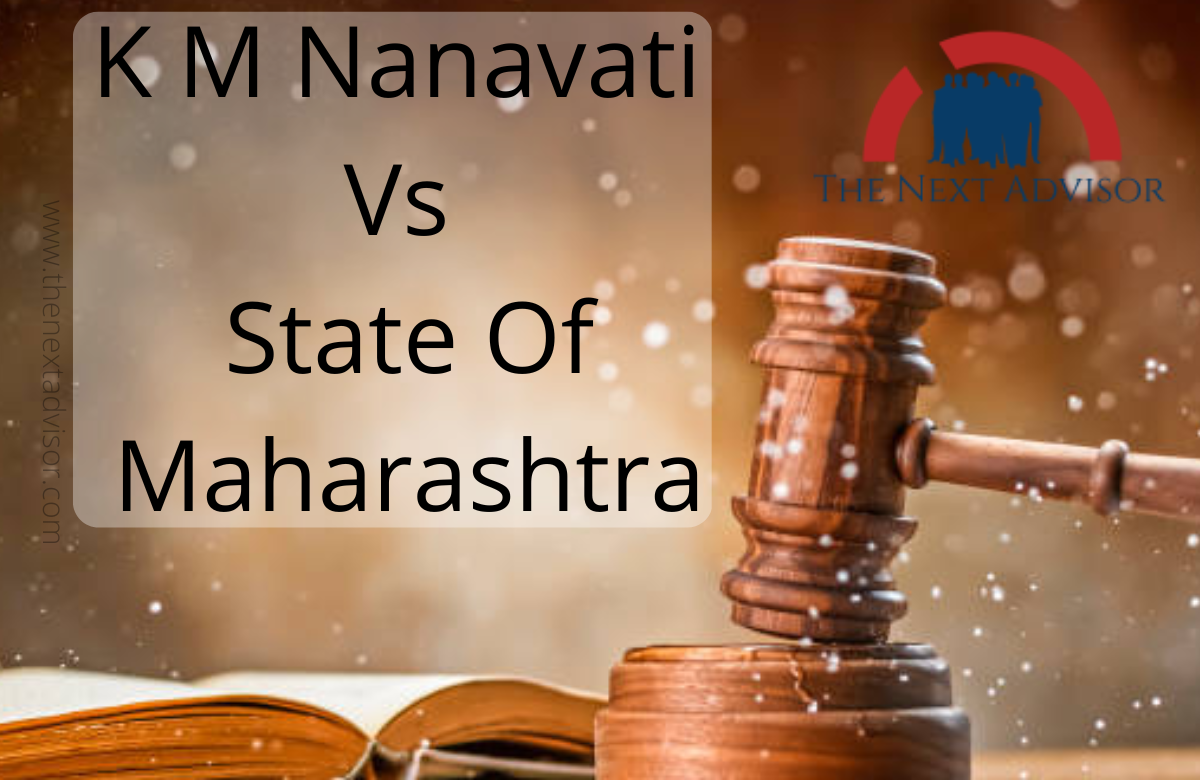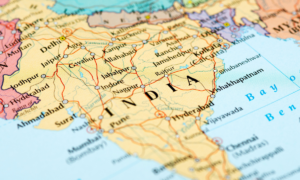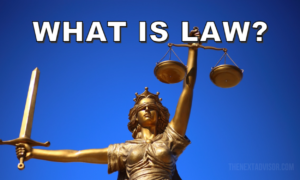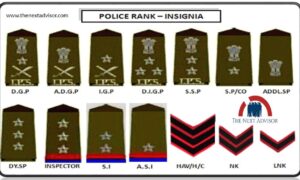A case named K M Nanavati Vs State Of Maharashtra in Brief:
➤ K M Nanavati case i.e., K M Nanavati Vs State Of Maharashtra, is an infamous Indian court trial that captured the public imagination. Kawas Manekshaw Nanavati ( 1925-2003 ), a Parsi, was a Commander with the Indian Navy. He lived in Mumbai with Sylvia, his English – born wife, and their two sons and a daughter.
➤In the case, K M Nanavati was tried for the charge of murdering Prem Ahuja, his wife’s lover. Initially declared not guilty by a jury, Nanavati was retried in a bench trial after the jury’s verdict was dismissed by the Bombay High Court.
➤ On March 11, 1960, the HC found Nanavati guilty of killing Ahuja and sentenced him to life in prison. S He made an appeal before the SC and at the same time, he made an application to governor Article 161.
➤The sentence was suspended by the Governor of Bombay within hours A few months later, Supreme Court suspended the Governor’s order and Nanavati was sent to prison.
➤He was granted parole on health grounds in 1963 and a year later was pardoned by new Bombay Governor and Jawaharlal Nehru’s sister Vijayalakshmi Pandit. This was the last case to be heard as a jury trial in India, as the government abolished jury trials soon after in most cases.
3 Factors are Important to note down in the K M Nanavati Vs State Of Maharashtra case.
1. Last Jury case in India.
2. What is Special Leave Petition?
3. What are the pardoning powers of the Governor under Article 161.
What is SLP?
➤In any legal system, there is a hierarchy of courts and tribunals at different levels. After a judgment has been passed by a court lower in a hierarchy, any party, unsatisfied or aggrieved by the outcome may go in for an appeal in the appellate court: which in India is generally a High Court
➤ However, if any of the parties are unsatisfied with the appellate court’s decision, a further appeal can be made to the Supreme Court of India.
➤The guidelines for these appeal processes are provided by Articles 132 to 136.
➤ Article 136 of the Indian Constitution, allows the Supreme Court to grant special leave to appeal against any judgment or order in any matter or case, made by any court or tribunal in the country.
➤The Supreme Court is vested with the absolute power of interpretation of the constitution being the ultimate guardian of it.
What are the pardoning powers of the Governor under Article 161?
Power of the Governor to grant pardons, etc, and to suspend, remit or commute sentences in certain cases.
The Governor of a State shall have the power to grant pardons, reprieves, a respite of remissions of punishment or to suspend remit or commute the sentence of any person convicted of any offence against any law relating to a matter to which the executive power of the State extends.
● BACKGROUND
Background of the K M Nanavati Vs State Of Maharashtra:-
➤Kawas Manekshaw Nanavati ( 1925-2003 ), a Parsi, was a Commander with the Indian Navy and had settled down in Mumbai with Sylvia.
➤With Nanavati frequently away on assignments for long periods of time, Sylvia fell in love with Prem Bhagwan Ahuja, a Sindhi friend of Nanavati’s.
➤On April 27, 1959, Sylvia confessed to Nanavati of her illicit intimacy with Ahuja. ·
➤Kawas went to Ahuja’s home, armed with a revolver. He barged into Ahuja’s bedroom and shut the door behind him. Ahuja had just emerged from a bath and was combing his hair in front of his dressing table mirror; he had nothing but a towel on.
➤Three gunshots were heard going off inside the room. When Kawas came out, Ahuja was sprawled on the floor in a pool of blood.
➤As modern India’s first upper-class crime of passion, the Nanavati case held the nation in thrall.

K M Nanavati Vs State Of Maharashtra
TRIAL
Trial of K M Nanavati Vs State Of Maharashtra case
➤Thereafter, the accused surrendered himself to the police. He was put under arrest and in due course, he was committed to the Sessions for facing a charge under section 302 of the Indian Penal code.
➤The defence put on full display letters written to Ahuja by his besotted lovers. Her adultery triggered a murder case which ended the jury system in India; set off a fractious turf war between the judiciary and the executive.
RETRIAL
The retrial of K M Nanavati Vs State Of Maharashtra case
The jury in the Greater Bombay Sessions Court had only one task: to pronounce a person as ‘ Guilty ‘ or ‘ Not Guilty ‘ under the charges. They could not indict any accused nor could punish the accused.
The jury in the Greater Bombay sessions court pronounced Nanavati as not guilty under section 302 under which Nanavati was charged, with an 8-1 verdict. The Bombay high court dismissed the jury’s verdict and the case was freshly heard in the high court. It was claimed that the jury had been influenced by media and was open to being misled, the Government of India abolished jury trials soon after.
RELEASE
Released to accused in K M Nanavati Vs State Of Maharashtra case
During the time of Nanavati’s trial and sentencing, Jawaharlal Nehru was Prime Minister of India, and his sister, Vijayalakshmi Pandit, was governor of Bombay state.
on 11 March 1960: the Bombay High Court finds Nanavati guilty of murdering Ahuja and sentences him to life in prison.
Within four hours, the governor of Bombay state-issued unprecedented order suspending the sentence until Nanavati’s appeal to the Supreme Court is disposed of . . . .
TIMELINE
➤5 Sept 1960: The Supreme Court concludes that the governor ” overreached ” his powers and strikes down his suspension of Nanavati’s sentence
➤8 Sept 1960: Nanavati is transferred from naval custody to a civilian prison
➤Oct 1963: Nanavati gets parole on health grounds and is moved to a bungalow at a hill resort
➤16 Mar 1964: Nanavati is pardoned by the governor of the new Maharashtra state, Vijaylakshmi Pandit
➤1968: Nanavati and his family – wife and three children – emigrate to Canada.
























